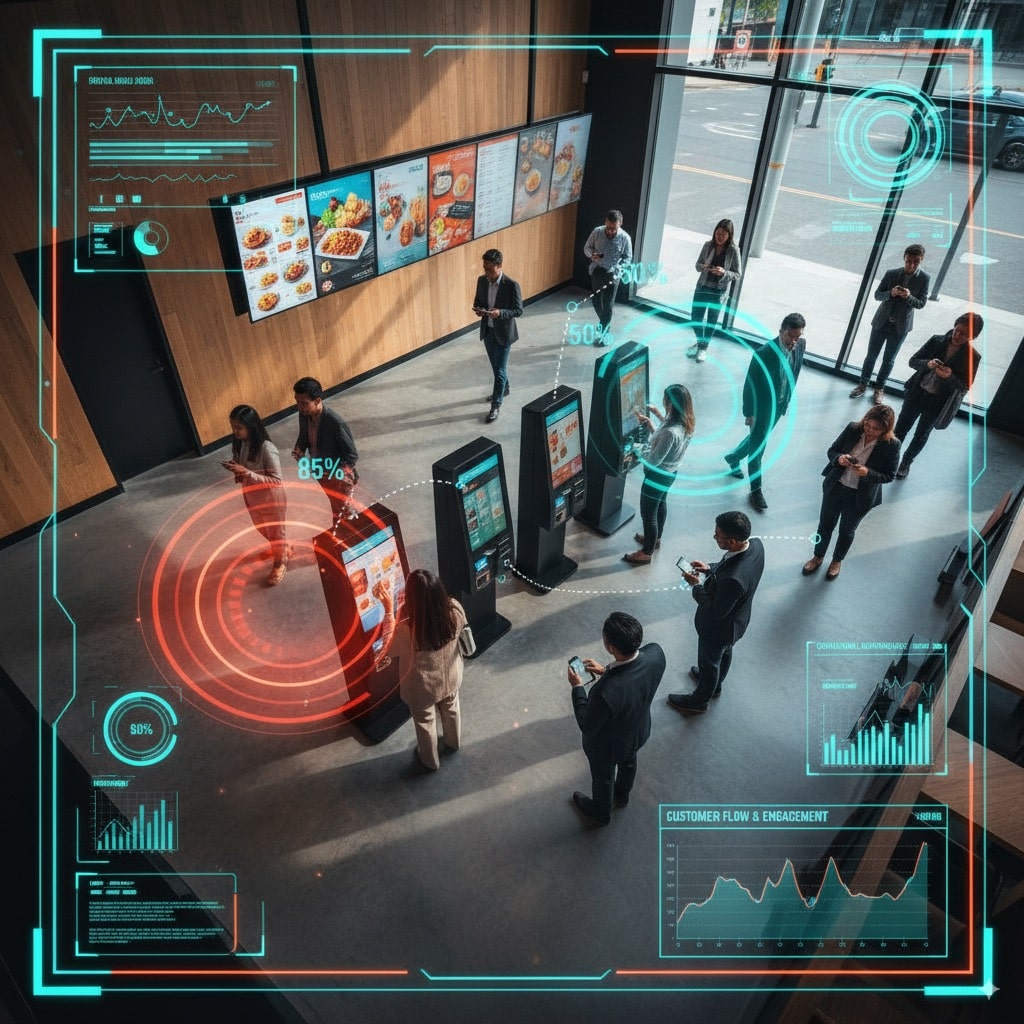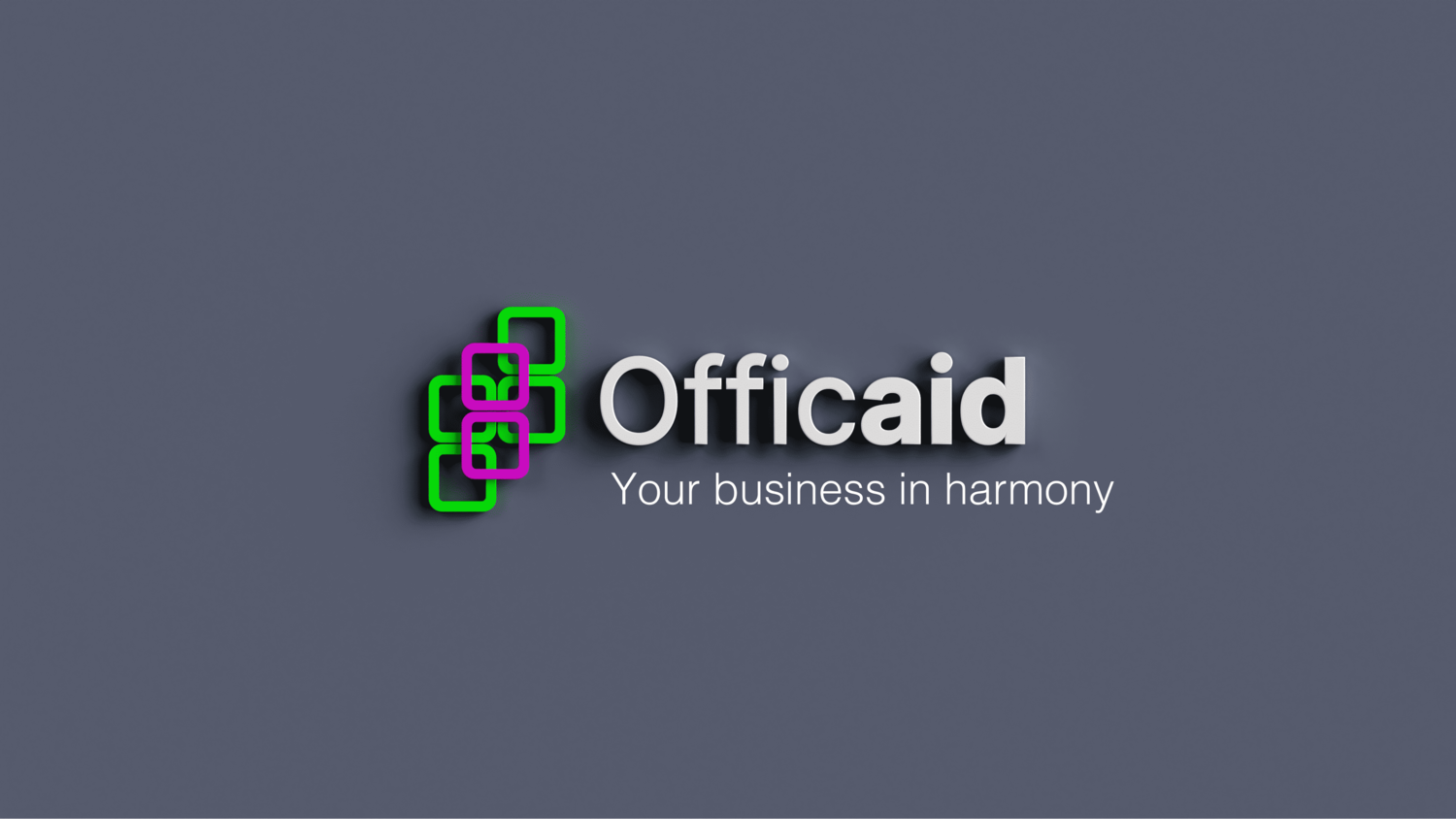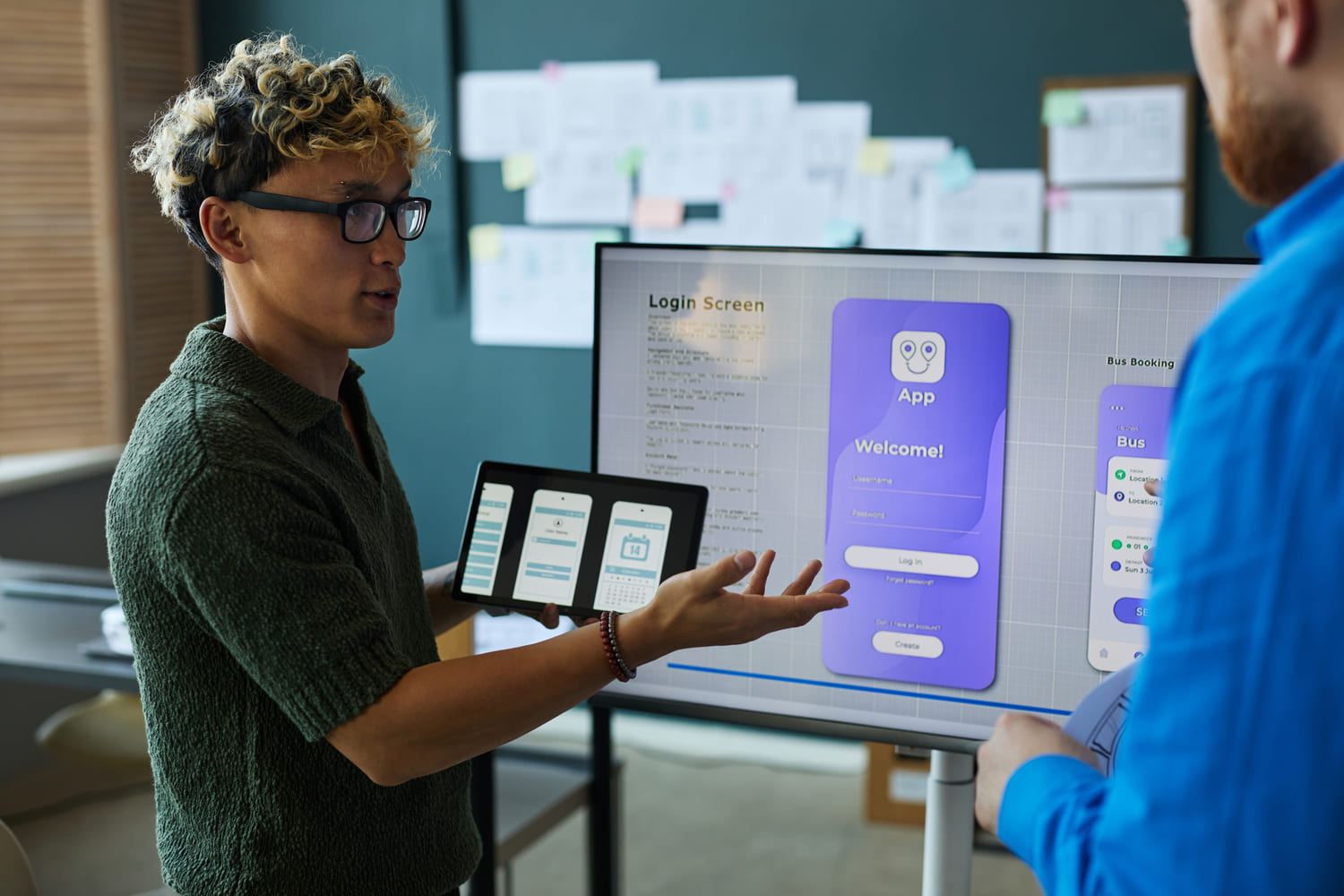Georgina's 47-Second Lunch
Picture this: Georgina, a busy professional in Singapore, rushes into her favorite quick-service restaurant (QSR) during the lunch rush. She walks past the glowing digital menu boards without a glance, heads straight to the self-service kiosk, and completes her order in just 47 seconds.
She skips three upsell prompts and ignores two promotional offers—not because she's uninterested, but because the technology wasn't designed for how she actually behaves.
This scenario, replicated across 80 real customers in proprietary ethnographic and eye-tracking research at a global QSR brand, illustrates a fundamental truth: 70% of QSR digital transformations fail because they ignore actual customer behavior. The 30% that succeed earn extraordinary returns.
And the stakes are high. Southeast Asia's QSR market is projected to reach USD 223.76 billion in 2025 and expand to USD 416.32 billion by 2029, at a 13.22% CAGR. For digital leaders, aligning strategy with customer behavior is no longer optional—it's existential.
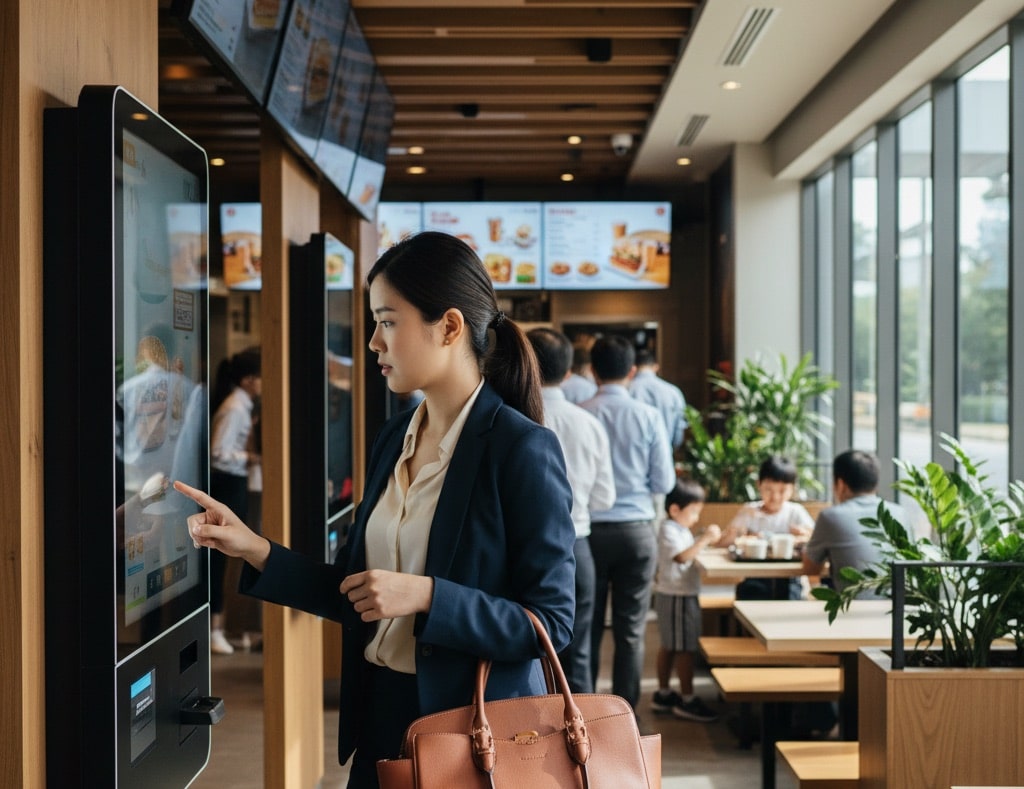
Georgina's 47-Second Lunch
The Behavioral Reality: Eye-Tracking Exposes Six Strategic Blind Spots
- Digital Menu Boards (DMBs) are noticed post-order, not pre-order Only 50% of customers glanced at DMBs before ordering, spending just 2.3 seconds on them—far too brief to process prices or promotions. Heat maps showed boards got attention mainly from customers waiting for orders, when decisions were already made.
- Kiosks dominate by preference, not default Even pre-pandemic, over 85% voluntarily chose kiosks. Today, preference exceeds 95%. Customers cited control, privacy, and no judgment. All participants successfully completed kiosk orders without staff assistance—a testament to intuitive design when done right.
- Most decisions are predetermined Eighty percent arrived knowing what they wanted. "I usually know what I want" and "I made my decision before coming" were constant refrains. In-store promos rarely changed immediate orders but influenced future visits—a critical distinction for ROI modeling.
- Tunnel vision dominates kiosk use Customers showed intense task focus, ignoring everything outside their direct path. Only 23% noticed promotional banners at screen tops. This "task-oriented blindness" means prime digital real estate generates zero return.
- UX friction directly suppresses revenue Customization confusion caused systematic margin suppression. Customers couldn't swap fries for premium salads, defaulting to lower-margin options. Menu architecture failures (expecting "Value Choices" to contain meals) degraded basket building.
- Aesthetics can trade off with usability A "night mode" menu board boosted premium perception ("cafe feel") but made prices harder to read, cutting usability scores from 83 to 67. Visual appeal without functional clarity is expensive decoration.
Kiosk Revenue Leakage: Small UX Flaws, Big Financial Consequences
The Customization Catastrophe The kiosk's "Customise" button created false expectations. Customers assumed they could swap fries for premium sides but couldn't. Result: health-conscious customers who would pay 40% premiums for salads defaulted to standard fries, directly suppressing margins on every affected transaction.
Menu Architecture Failure Customers expected "Value Choices" to include meal deals but found only individual items. Meat-based categories (Chicken, Beef, Fish) confused those looking for specific products. These friction points systematically eliminated cross-sell opportunities.
Promotional Blindness Task-oriented tunnel vision meant prime screen real estate generated zero ROI. Donation pop-ups were noticed by just 4 of 80 customers. Post-order upsell screens achieved less than 2% success rates.
Fixes That Work:
- Dedicated "Change Side" button modeled after drink customization flow
- Simplified architecture using customer-centric labels ("Popular Meals," "Snacks," "Deals")
- Contextual mid-flow upsells ("Add cheese for $0.50?") instead of banner ads
- QR scanner placement at eye level, not hidden beneath card readers
Deconstructing the 30% Uplift Myth
- 80% of orders are predetermined—no upsell will sway these customers
- Only 20% remain persuadable—they respond to contextual suggestions
- Effective upsells happen mid-flow—natural decision points work; post-order fails
- Net achievable lift: 4–6% across total sales, not the headline 30%
The Compliance Iceberg: Hidden Costs That Sink Budgets
Accessibility Requirements
- Singapore's Building and Construction Authority mandates barrier-free access
- Malaysia's Persons with Disabilities Act 2008 requires equal service
- Specific requirements: 30"×48" clear floor space, 15–48" reach heights, wheelchair-visible screens
- Retrofitting costs 3–4× initial deployment
- One SEA chain spent $2M fixing post-launch accessibility gaps
- Singapore's PDPA fines reach SGD 1 million
- Thailand's PDPA mirrors Europe's GDPR
- Indonesia's emerging regulations add complexity
- Facial recognition (10-second reorders) carries compliance risk exceeding revenue benefit
Regional Specifics
- Halal certification display requirements in Malaysia/Indonesia
- Multi-language mandates (4 in Singapore, Thai language law)
- Healthier Choice logo placement rules
- Menu labeling regulations varying by country
Southeast Asian Innovation: Beyond Western Playbooks
Jollibee Philippines Achieved 92% kiosk adoption using "Joy Ambassadors"—staff who celebrate first-time users rather than just assist. Emotional design drives faster adoption than efficiency messaging alone.
MOS Burger Singapore Hybrid model with kiosks handling standard orders while staff manage customization-heavy items. Result: 35% peak wait time reduction while maintaining the personalized service Asian customers value.
4Fingers Crispy Chicken Treated kiosks as peak-time accelerators, not permanent replacements. Staff guide customers during rushes, return to counter during lulls. Full digital transformation achieved in 18 months with minimal resistance.
Marrybrown Malaysia Partnered with GrabKitchen to cut implementation costs 40% and ensure seamless delivery integration—critical when delivery represents 40–50% of SEA QSR
Integration Reality: The Payment and Super-App Maze
Payment Requirements by Market:
- Singapore: NETS, PayNow (near-universal adoption)
- Indonesia: QRIS mandated QR payments
- Philippines: GCash dominance (70% of digital payments)
- Malaysia: Touch 'n Go ecosystem
- Thailand: PromptPay standard
- Vietnam: MoMo, ZaloPay emerging
The Super-App Confusion Twenty percent of users don't distinguish between Grab/Gojek and brand apps. They expect loyalty points to transfer, promotions to sync, and orders to integrate seamlessly. This isn't user error—it's a design challenge requiring unified strategies.
Solutions That Work:
- Single sign-on across platforms
- Universal loyalty recognition
- QR bridges between apps and kiosks
- API integration with major delivery platforms
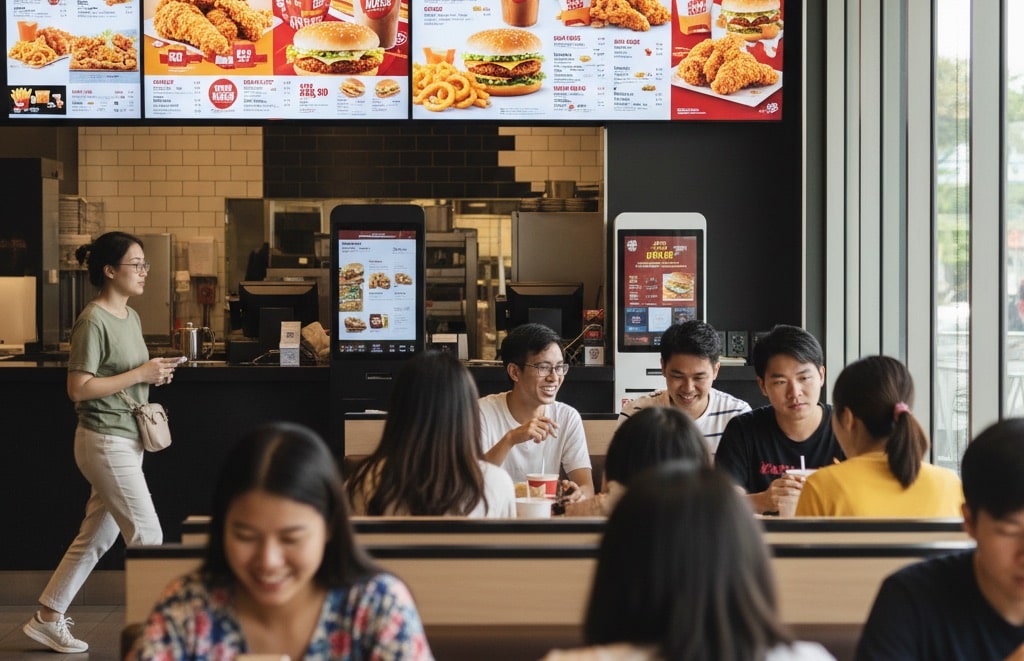
Strategic Imperatives for 2025 and Beyond
Strategic Imperatives for 2025 and Beyond
Based on behavioral research and post-pandemic realities, five imperatives emerge:
1. Recast DMBs as Brand Theater Stop treating them as functional menus. Focus on bold imagery, premium cues, and promotional content. With kiosks handling ordering, DMBs should drive desire, not decisions.
2. Optimize Kiosks for Revenue Capture Fix the basics: enable full customization, place upsells contextually, simplify navigation. Every UX improvement directly impacts margins.
3. Multiply Productivity, Don't Replace Labor Use technology to free staff for value-added roles. Singapore's manpower constraints make this mandatory. The optimal model: kiosks handle transactions, humans deliver hospitality.
4. Design for Accessibility and Sustainability from Day One Compliance isn't optional. Neither is environmental responsibility. Digital menus eliminate 90% of paper waste; real-time inventory cuts food waste 15%. Both drive margins and marketing.
5. Respect Cultural Context High-context Asian cultures value service relationships. Pure automation fails. The winners blend efficiency with human warmth—technology amplifies hospitality, doesn't replace it.
Conclusion: Behavior Over Assumptions
Kiosks succeed because they align with natural behavior. Customers want privacy, control, and speed without judgment. They achieve 95%+ adoption by meeting customers where they are.
Menu boards fail when treated as functional utilities instead of promotional theater. The 49% usefulness score isn't a technology failure—it's a strategy mismatch.
In Southeast Asia's high-growth QSR market, success requires accepting that:
- Labor shortages are permanent; technology must multiply, not replace
- Payment fragmentation is reality; integration is survival
- Cultural nuance matters; human touch remains essential
- Sustainability drives premium willingness; waste reduction is revenue enhancement
In the gap between assumption and behavior lies either fortune or failure. Choose accordingly.
Following our recommendations, the QSR optimized both kiosks and digital menu boards. Their UX Science Score increased significantly, validating the value of research-driven design.
